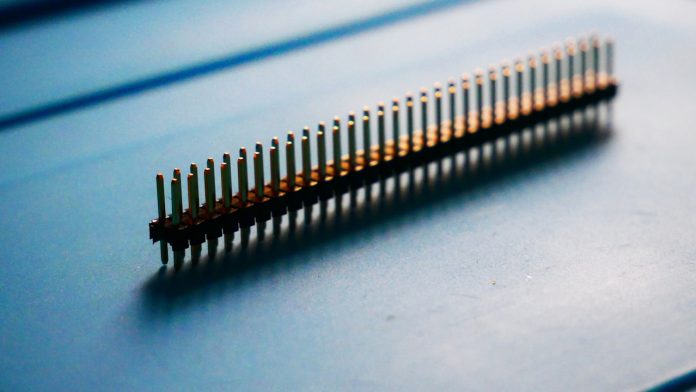Pogo pins are gaining popularity as a means of connecting electrical equipment with several advantages over other connector kinds.
The primary benefit of pogo pins is that they can be used in a variety of contexts. Unlike several other types of connectors, they do not require a power supply or ground connection.
Here are many of the best uses for pogo pins pcb:
Battery terminal
Pogo pins are often used to connect batteries to circuit boards. Once the pogo pins have been inserted into the board’s holes, they are soldered in place. Typically, battery connectors are made of gold-plated brass or nickel-plated steel, but other materials are also available. Pogo pins have the benefit of being easily removable without causing damage to the circuit board or battery, allowing you to change the battery without soldering it in place.
Memory Card Reader
Memory cards such as SD cards and microSD cards are frequently connected to circuit boards using Pogo connectors. These connectors, which may be found on a variety of consumer electronics products such as smartphones and tablets, allow users to transfer data between devices without the need for an external device such as a computer. Typically, the connection between the card and the circuit board is accomplished via a number of small holes drilled into both components, with only one pin flowing through each hole at a time; however, there are connections that allow many pins to flow through each hole simultaneously as dual row connectors.
High Frequency Connector
High frequency connector describes a board-to-board connector designed for use with high frequencies (such as radio waves). These connections are typically done with coaxial cable, though twisted pairs or other media may also be used. These connectors are commonly utilised in radios and televisions.
Waterproof Charging Ports
In electric automobiles and other applications in which the battery must be charged while in use, waterproof charging connectors are often employed. Here a locking mechanism prevents the connector from accidentally detaching from the battery terminal. This connector is suited for usage in harsh situations and can withstand immersion in water for up to 24 hours.
Pogo Pin Board to Board Connector
When two boards must be coupled for communication or power distribution in electronic assembly, a board-to-board connector is commonly used. These connectors are typically offered in male, female, surface-mount, and through-hole formats. Commonly employed pin sizes include.100″ (2.54mm) single row,.156″ (3.96mm) single row, and 100″ (2.54mm) double row with 1/16″ head clearance.
Flexible Connectors
The movable connection permits wires to move freely within the connector without causing wire breakage. This is essential because it prevents your wires from coming into contact with anything else when they are moved by other objects or individuals who may accidentally bump into them while working nearby.
Conclusion
The Pogo Pin is an inexpensive alternative to PCB manufacture. They are very adaptable and applicable to a variety of materials and devices. Because of its simplicity, the possibilities are limitless, and the price per unit is rather alluring.
These pins facilitate electrical connections; they are particularly handy when connecting chips and circuit boards. When working with PIC chips, pogo pins, for instance, are particularly helpful. In most circumstances, however, pogo pins can be used to create any type of connection; all that is required is to select the appropriate variant.

